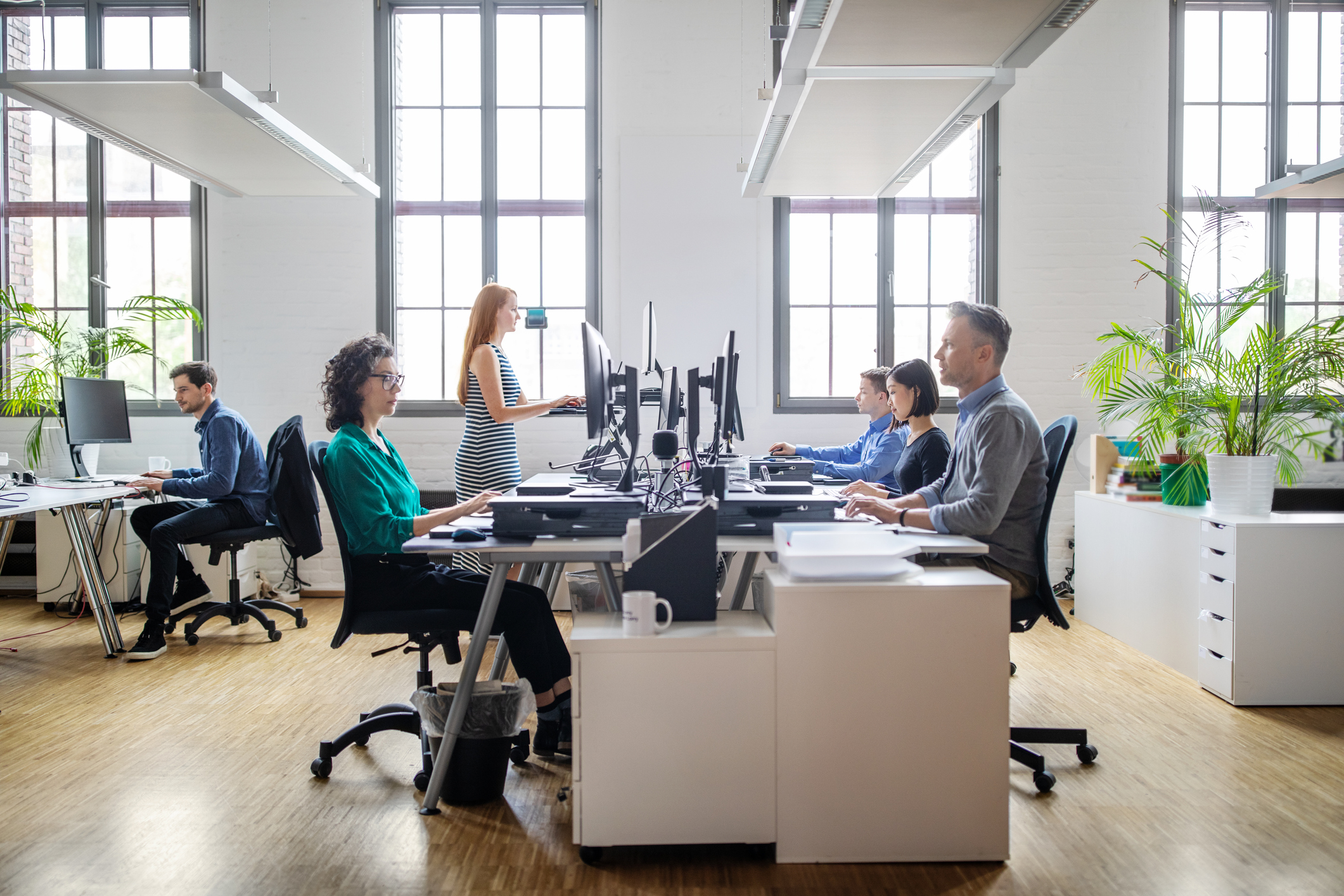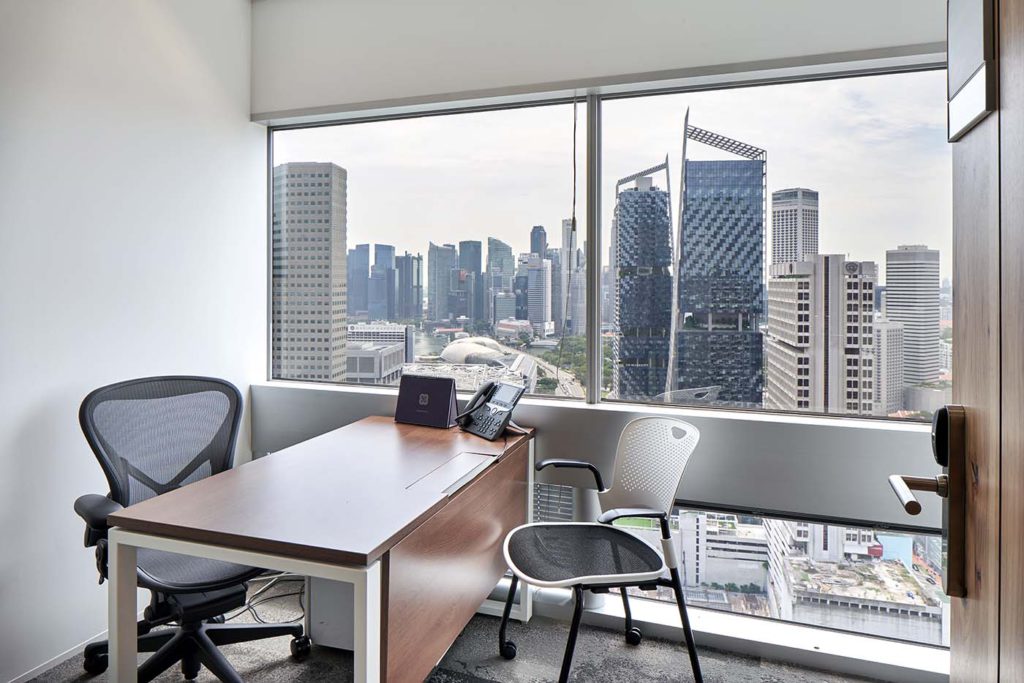After over 2 years of this crazy global pandemic, we’re seeing the last of the restrictions lifted across the world. With this will come the attempt to regain some normality after all the changes it has brought. Thankfully we’re back in bars and restaurants as normal, theatres and concerts are back on the horizon and casual international travel/working holidays are back on the map. There are of course a number of things that are moving into a new version of normality, not least of which is the corporate world and its office structure.
For most of us, the novelty of working from home was all fun and exciting at the beginning – though not without its own stresses. It brought on the challenges of home schooling and the flexibility to have a load of laundry going while you work or run some errands in your lunch break. It’s safe to say many employers were surprised just how smoothly things can run with a fully remote staff. While we’ve all loved the lack of commute, many are ready to start getting back to the office, if nothing else for the social opportunities it brings. Of course, there are some that will be back in, Monday to Friday, for the 9-5 grind, but on the whole, most are leaning towards what’s being called a ‘hybrid blend’ between working from home and being in the office.
After more than 2 years of absence, our offices are going to need a clean out and some hardcore TLC. A good spring tidy, the replacing any dead plants, little bit of floor paint, removal of the mountains of dust, scheduling that air compressor repair, and so on. Hopefully no one left an old carton of milk behind. The time has come for everyone to go through their desks and rediscover all the knickknacks left behind under the guise that this was only temporary. For offices that also act as shopfronts, there will also be plenty of outside work to be done – perhaps a slap of exterior timber oil, the best product for deck protection. Things will be good as new before you know it. Once you have the general spruce, it’s time to start planning for some changes.
Depending on industry, company size, collaboration requirements and other factors, workers will begin returning to offices for only a few days a week (or fortnight) which drastically changes requirements for our office spaces. These changes will see desks/stations in the office that are designed to be used by many opposed to the previous setup of one desk for each staff member. The time has come to phase the clunky desktop computers out, and replace them with docking stations that laptops can be attached to. Going forward, staff will either be required to book a docking station before they come to the office or have a spot appointed to them. Many of us invested in home office chairs at the beginning of the pandemic, but others who thought this was much more temporary took their chair from the office. Unlike laptops, it’s obviously not reasonable to expect employees to bring their chair along on the commute meaning many companies will have to hit up their favourite office chair distributors to fill in their gaps. During our time away from the office, many companies have discovered just how easy it is to either cut down on or go completely paperless. Due to the nature of hybrid working, this is not likely to change. As a result, the need for hefty filing cabinets and the likes will be drastically reduced.

This new hybrid work style will also make it unlikely that all employees will be in the office at the same time. Where schedules are alternating and days in the office are few, the economical thing to do is to cut down on the space of your office. This could mean moving to a smaller building or leasing parts of your existing building. In the long run this will cut many utility costs and maintenance requirements. Not only are these cut costs (and potential lease income) great for business it will also potentially drive down the overall prices of office space. These cost cuts are also ideal to help combat the financial backlash that we’re all seeing as a result of the pandemic. Let’s hope big business makes the most of this opportunity and doesn’t simply pocket the savings.
For many industries, the biggest working from home sting has come in the form of making a collaborative group meeting work. Technology has certainly made it easier to communicate across the internet, applications such as Teams have managed to keep employees in contact with one and other and monthly update meetings running as normal. Unfortunately, many businesses have found that these programs have limitations with bigger groups or when discussions and collaborations are required. Between the lags and limited number of cameras on screen, these meetings result in either being talked over or not being able to get a word in. As we move back towards being in the office, any restructures will likely centre around turning any extra space into functional, hybrid friendly meeting rooms.
The way office goers’ do lunch will also continue to be impacted. Pre-Covid we saw many office workers nip out over lunch to a nearby café or takeaway to grab a bite to eat. As a result, office dense areas of cities became renowned for quick food options. During lockdowns, and while people have been working from home full time, a lot of these establishments have closed down due to lack of business. Hopefully as we return to the office we might see a return of this culture, but until then it is likely workers will have to bring their own lunch more often than before. While many offices have basic tea/coffee facilitates, perhaps and microwave and a fridge, there’s likely going to be a need to expand them and develop existing kitchen spaces.
No doubt, the shift back to working in the office will be disruptive to start with – isn’t all change? But as always, we will adapt and before long, this will be the new normal.
